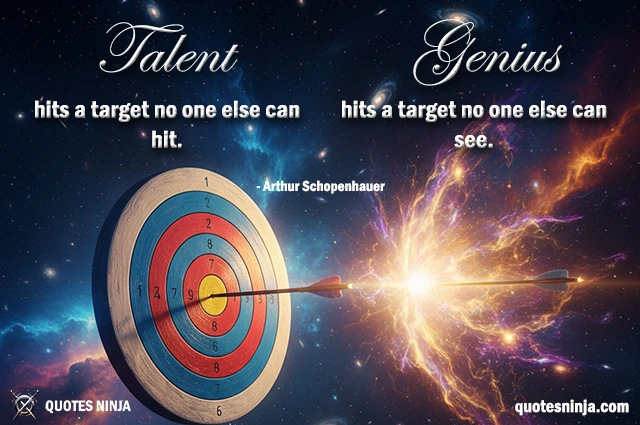
Deeper Meaning of Philosophy Quote
Philosophy Quote: “Talent hits a target no one else can hit. Genius hits a target no one else can see.”
The quote is commonly attributed to Arthur Schopenhauer was a German philosopher. He is known for his 1818 work The World as Will and Representation, which characterizes the phenomenal world as the manifestation of a blind and irrational noumenal will.
This quote, is a concise reflection on the difference between talent and genius, and it carries a deeper meaning than it might seem at first glance.
Here’s a breakdown:
1. “Talent hits a target no one else can hit.”
- Talent refers to a high level of skill or ability—often developed through practice and experience.
- A talented person is capable of achieving remarkable feats that others cannot, but these feats are usually within the realm of what is already known or understood.
- In this analogy, the target is visible to everyone, but only a few can actually hit it (i.e., succeed at it).
Example: A talented athlete, musician, or coder can outperform others in known areas—because they’ve mastered their craft.
2. “Genius hits a target no one else can see.”
- Genius, here, implies not just mastery or skill, but original insight, creativity, and vision.
- A genius doesn’t just solve known problems—they see problems or opportunities that others aren’t even aware of.
- The target is invisible to most people, but the genius is able to perceive it and act on it.
Example: Einstein didn’t just solve problems in physics—he reframed our understanding of space and time. Others weren’t even asking the questions he was answering.

- Talent is exceptional performance within known parameters.
- Genius is transformative vision—changing the parameters altogether.
- The quote celebrates originality and perception over mere technical excellence.
Here’s a story inspired by Philosophy Quote “Talent hits a target no one else can hit. Genius hits a target no one else can see.”
Philosophy Story: “The Invisible Target“
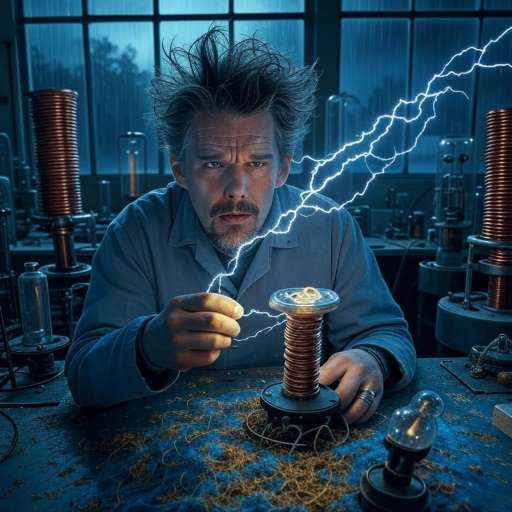
Tesla’s Lightning-Charged Laboratory:
The rain lashed against the glass windows of the Manhattan laboratory, yet inside, the silence buzzed louder than the storm. Wires snaked across the floor, machines pulsed with idle energy, and in the center of it all stood Nikola Tesla, staring at a copper coil as if willing it to speak.
Most men came to the world asking, What can I build?
Tesla asked, What shouldn’t exist—but could?
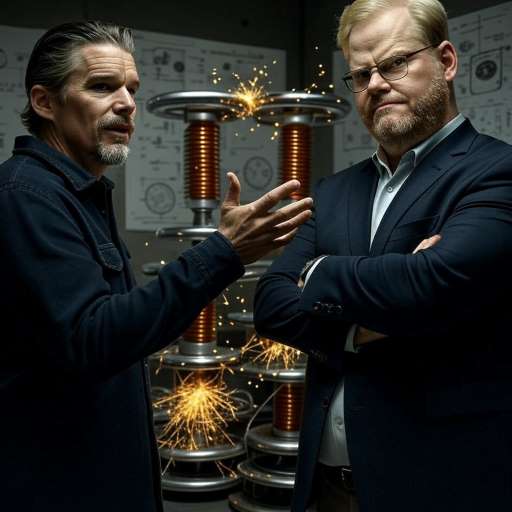
The Confrontation with Henry Cabot:
“Mr. Tesla,” said a voice, crisp and confident.
Tesla turned. A sharply dressed man stepped into the lab, removing his hat with precision.
“I’m Henry Cabot, from Edison Electric. I’ve heard… rumors. Induction motors? Wireless current? Transmitting electricity through the air?” He chuckled politely, as if Tesla were a magician rather than a scientist.
Tesla raised an eyebrow. “You’re not here to invest. You’re here to verify whether I’m mad or dangerous.”
“Not quite,” Cabot replied. “I’m here to see if you’re talented. Or just eccentric.”
At that, Tesla finally smiled. “Ah. Then you’re looking for the wrong target.”
Cabot leaned against a wooden beam and watched as Tesla began his demonstration. A coil hummed to life. Sparks cracked in the air. Lights glowed without wires. The room vibrated with unseen frequencies.
“Impressive,” Cabot admitted. “But Edison says you’re chasing ghosts. AC current is volatile. Dangerous. We need reliable power—something we can see, measure, control.”
Tesla replied calmly, “Direct current is like trying to irrigate the world with a garden hose. It’s… quaint. But the future demands rivers, not streams.”
Cabot stepped closer. “That’s the difference between you and Edison. He builds what the world wants. You build what it doesn’t understand.”
Tesla didn’t flinch. “That’s because Edison has talent. I have vision.”

Tesla Walking Alone in the Rainy City:
Later that night, as lightning forked over the city skyline, Tesla walked alone in Bryant Park. The sky echoed with thunder, yet his mind was louder still.
He remembered Serbia. His mother winding copper by candlelight. His father dismissing his inventions as distractions. He remembered being mocked at university for suggesting invisible waves could move machines. Most called it fantasy. A few called it blasphemy. Only a handful listened.
But Tesla didn’t invent for praise. He invented because he saw things that weren’t there—yet.
A falling raindrop struck his cheek, and with it came the vision again—a tower, tall and skeletal, transmitting power through the air. No wires. No grids. Just energy, leaping invisibly across the earth.
The world didn’t see it.
But he did.
He always had.
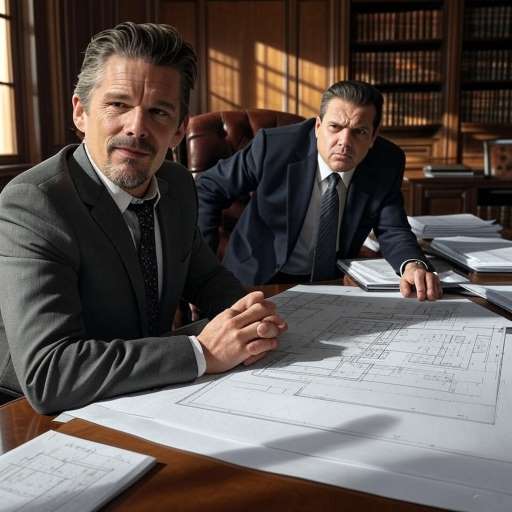
J.P. Morgan’s Office: The Clash of Dreams and Reality:
By dawn, Tesla was back in his lab, scribbling diagrams. Frequencies, resonance, coil spacing. The blueprint for Wardenclyffe Tower was forming.
When he pitched the idea to J.P. Morgan, the financier narrowed his eyes.
“Let me understand this correctly,” Morgan said. “You want to build a tower that gives away electricity? For free?”
“Yes,” Tesla said simply. “Energy should be as free as the air we breathe.”
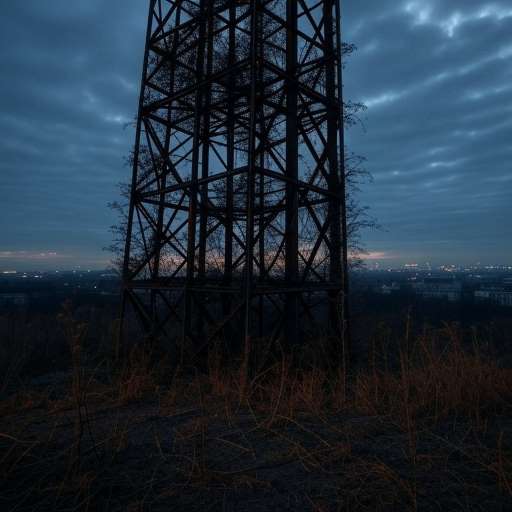
The Silent Tower at Wardenclyffe:
Morgan scoffed. “There’s no profit in free air, Mr. Tesla.”
“And yet,” Tesla replied, “men die without it.”
Unsurprisingly, Morgan pulled funding months later.
Wardenclyffe was left incomplete, a skeleton of a dream standing on the Long Island coast, slowly swallowed by time.
Years passed. Edison died a legend. Tesla faded into obscurity, living in a small hotel room, feeding pigeons and writing equations no one would read.
Cabot visited once more. Older, wealthier, but still curious.
“You had it,” he said, pacing Tesla’s hotel room. “You had the spark. But you buried it in impossible dreams.”
Tesla looked up from his notes. His face was thinner now, his eyes more distant, but his voice was firm. “Dreams only appear impossible to those who never dare.”
Cabot sighed. “You could’ve built a dynasty.”
Tesla looked away. “I didn’t want to build castles. I wanted to change the landscape.”
The Legacy Unseen
Decades later, Tesla’s notes would be rediscovered. The Tesla coil would become the foundation for wireless technologies. The alternating current system he championed would power cities around the world. His vision for wireless transmission, once laughed at, would inspire everything from radio to Wi-Fi to cellular networks.
The world would finally begin to see the targets he once aimed for.
But by then, Tesla was long gone.
Today, his name echoes across industries and innovations. A car company bears it. Scientists quote him. Children learn about him not just as a scientist—but as a seer of the future.
Moral of the story:
Nikola Tesla lived a life filled with brilliance, solitude, and sacrifice. While others sought recognition, wealth, or mastery over what was already known, Tesla looked beyond the visible, beyond the possible. He imagined a future no one else dared to dream of — and devoted his life to building it, even when the world refused to understand.
Though he died nearly penniless and forgotten by many, time eventually caught up with his vision. Today, our wireless world hums with the echoes of his genius.
Because in the end, Tesla wasn’t just aiming to outperform — he was aiming to redefine.
“Talent hits a target no one else can hit. Genius hits a target no one else can see.”
Tesla didn’t just hit the invisible target — he showed the world where to look.
To explore more on stories and dive into related ideas, be sure to check out the other posts where we cover all sort of stories related to quotes. Stay tuned for more…..
To explore more on quote topics, be sure to check out the other topics where we cover all categories of quotes. Stay tuned for more…..

